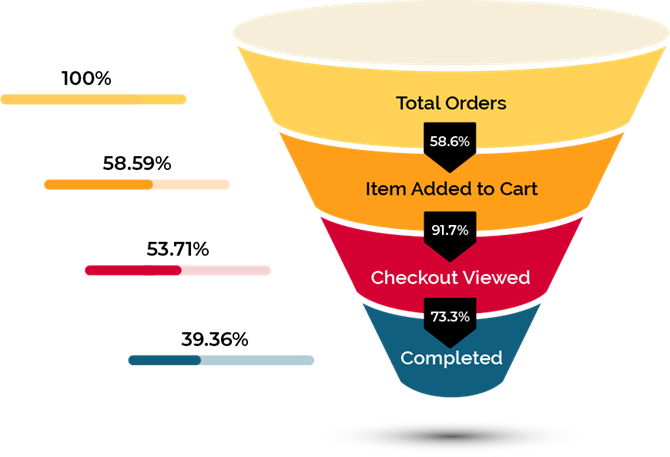12 min read
Online Ordering Trends 2024: Consolidating Tech for Efficiency and Guest Engagement
As inflation pushes businesses everywhere to tighten budgets and double down on successful strategy, restaurant and convenience store operators are...
4 min read
With 60% of U.S. consumers opting for delivery or takeout at least once a week, guests continue to prove how much they love the convenience of online ordering. And because 70% of consumers say they prefer to order directly from their favorite restaurants, operators are working hard to optimize their first-party platforms to keep guests coming back.
Online ordering optimization is even more important as the economy deals with inflationary headwinds, high interest rates, growing minimum wage requirements, and corporate layoffs. Operators are spending more, while guests are looking for deals. According to the National Restaurant Association, “Nearly half of consumers are taking a wait-and see stance when it comes to spending. Operators who offer a solid value proposition for dining out can nudge customers out of their holding pattern.”
With economic conditions top of mind, forward-thinking operators are making the online ordering process as efficient and valuable as possible for guests — and as profitable as possible for themselves.
In previous blogs in this series, we talked about converting guests from third party to first party, adopting AI tools, and personalizing the guest experience, all of which are powerful tactics for improving first-party ordering performance. In this post, we’re looking at the preeminent c-store and restaurant trends we’re seeing in the quest to optimize online ordering.
The key to creating online ordering success is to give yourself a solid foundation in the form of a robust first-party ordering platform. With that in place, you can identify your business goals and set realistic priorities for improving in areas that drive the greatest ROI.
With the cost of capital is as high as it is today, operators don’t have the luxury of experimenting with several different initiatives. And because they can’t afford to take too many bets, it’s important to be focused and efficient when it comes to making online ordering performance improvements.
First-party ordering guests are worth investing in because they order more frequently, buy more every time, tip more, and have the potential to become true champions of your brand. And if you have a robust and scalable online ordering platform to begin with, you can add features and benefits that align with your goals and drive profitability.
For most operators, 2024 will be about optimizing your online ordering experience. To start measuring your solution's performance, one of the first things you’ll want to do is look at your online ordering completion funnel—the percentage of completed orders from the number of people who look at your menu or add something to a shopping cart.

A perfectly functioning funnel would take everyone who looks at your menu all the way through order completion. But we know that lots of folks look at menus without intending to make a purchase. So the better starting metric is really the number of people who add an item to their cart.
If you’re losing people after they start an order, you’re creating friction for guests and likely not maximizing the value of your current online ordering solution. If you can zero in on where the biggest problems are, you can start to strategize ways to improve. Consider the following focus areas:
These are just some of the questions you’ll want to ask yourself as you evaluate the effectiveness of your online ordering completion funnel. Once you have a list of questions you want to answer, you can decide which issues are most important and start addressing them through your first-party online ordering platform.
If your online ordering completion funnel is converting well, you may need to do more marketing to get more people using your online ordering channel. We’ve talked about this in a previous blog post, but here’s a quick recap of some proven marketing techniques:
Again, it’s important to weigh your marketing options for driving online orders and implement the initiatives that give you the biggest bang for your buck, based on your audience and the goals you want to achieve. Just remember that your first-party online ordering platform can be integrated with your marketing efforts to provide a positive experience for your guests.
First-party online ordering systems have come a long way since the pandemic, and they can be powerful platforms for improving your operational efficiency.
Operators are using these platforms to cut costs and increase guest satisfaction in many exciting ways. Integrating your first-party ordering platform with your point-of-sale system, for example, can streamline the payment process. Inventory system integrations help prevent waste and ensure that the items your guests want are always available. And delivery service integrations expand your reach and attract a broader customer base, while eliminating the need to have drivers on staff.
We’ve also seen operators experiment with default tip settings through their online ordering platforms, as a way of improving the employee experience.
2024 is shaping up to be a year of fine-tuning the online ordering process and building for the future.
No matter what you decide to improve on, it’s important to identify your challenges and opportunities strategically and address the process, marketing, and operational issues that will improve the performance of your online ordering platform.
For more details on this topic, watch this webinar with Tim Ridgely, VP of Online Ordering at Paytronix.